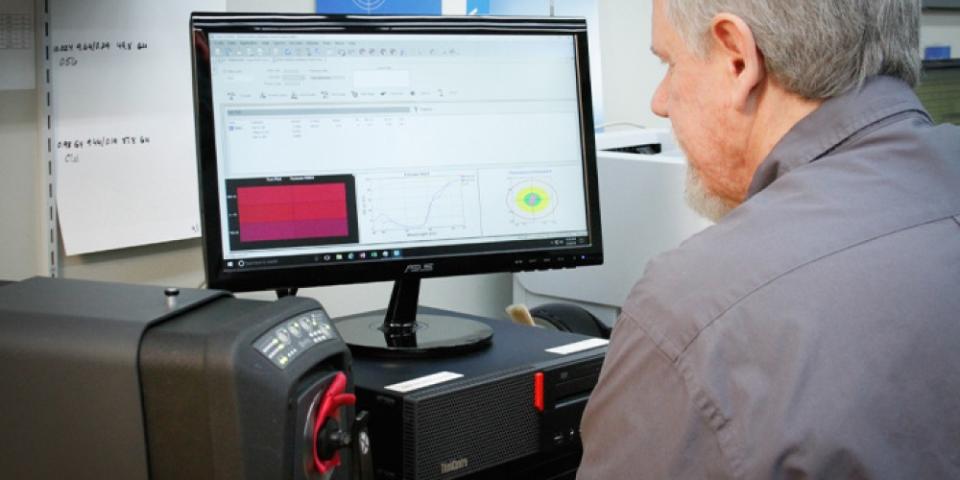X-Rite, Pantone Launch Textile Color Hub

X-Rite and subsidiary Pantone launched the Textile Color Hub, a digital solution enabling brands to achieve precise digital color specifications, driving efficiency in the design-to-production workflow.
The secure, cloud-based ecosystem allows apparel and footwear brands to approve designs and pinpoint colors, sharing them with their supply chain partners to facilitate quicker production. The tool aims to replace the process of physical sampling that relies on suppliers mailing swatches or sample products to brands for approval. The cycle often leads to delays and creates unnecessary waste, the duo said when announcing the launch on Monday.
More from Sourcing Journal
X-Rite Expands MA-T12 and Pantora Capabilities for Complex Materials
Pantone Predicts Free-Spirited Colors for London Fashion Week
The Textile Color Hub combines conventional isolated color solutions into a centralized, digitized workflow. The platform supports spectrophotometers from X-Rite as well as other producers. To use it, a brand chooses a color from Pantone or any other private brand to apply to their design. A color specification document with a standardized template is created, pulling together spectral data on the colors as well as required DeltaE tolerances and illuminants to measure against.
Brands select suppliers to automatically notify about new designs, and those manufacturers receive the color specification document, jumpstarting the color formulation and lab-dipping process. The Textile Color Hub compares the brand-specified color against the manufacturer’s lab dip to identify the right match, and suppliers then submit the color match for approval by the brand.
“In a traditional textile workflow, the process to specify and approve a color palette for a new design can take months and requires multiple lab dips, shipping, and waste,” X-Rite and Pantone global strategic account manager Pieter Mulder told Sourcing Journal. The Textile Color Hub, by contrast, aggregates brand instructions and specifications. “Using this digital data, suppliers can formulate faster and evaluate color matches themselves before submitting to the brand for approval,” Mulder added.
“Textile Color Hub eliminates multiple rounds of physical sampling to improve accuracy, time to market, and compliance and dramatically decrease the carbon footprint of the textile industry,” Mulder added. X-Rite and Pantone’s testing showed that the solution allowed suppliers to get 95 percent of lab dips right the first time, reduce waste, reduce CO2 emissions with just one dip and no physical samples, and improve time to market by 75 percent.
According to Mulder, many textile brands and suppliers are already using a combination of Pantone TCX spectral data, benchtop spectrophotometers, lightbooths or quality control and formulation software. “The Textile Color Hub connects the dots between all these components by providing a secure, cloud-based platform for color specification and approval,” he said. “In one connected ecosystem, brands and their global supply chain have a holistic solution to digitize their workflow for faster color approval and production.”

“Our aim is to help customers leverage existing investments and process and connect them in the cloud to shorten color approvals and get to market faster in a more sustainable way,” Mulder added. He noted that the solution is already being used by one of the world’s largest textile and furniture retailers, “and delivered immediate results for both the brand and its suppliers.”
Founded in 1958 and headquartered in Michigan, X-Rite has a presence in 11 countries. The company offers several color tools leveraged by manufacturers, retailers, printers and graphic design houses that are used in industries including textiles, automotive and more. The company acquired Pantone in 2007 for $180 million, combining its technologies with Pantone’s physical color specification and workflow tools to offer new softwares and solutions.
“The X-Rite Pantone Textile Color Hub transforms the way brands and suppliers communicate and collaborate to bring products to market up to five times faster,” Mulder said. “It paves the way for a modernized, digital approach to specify and approve textile designs while reducing waste and carbon footprints.”

